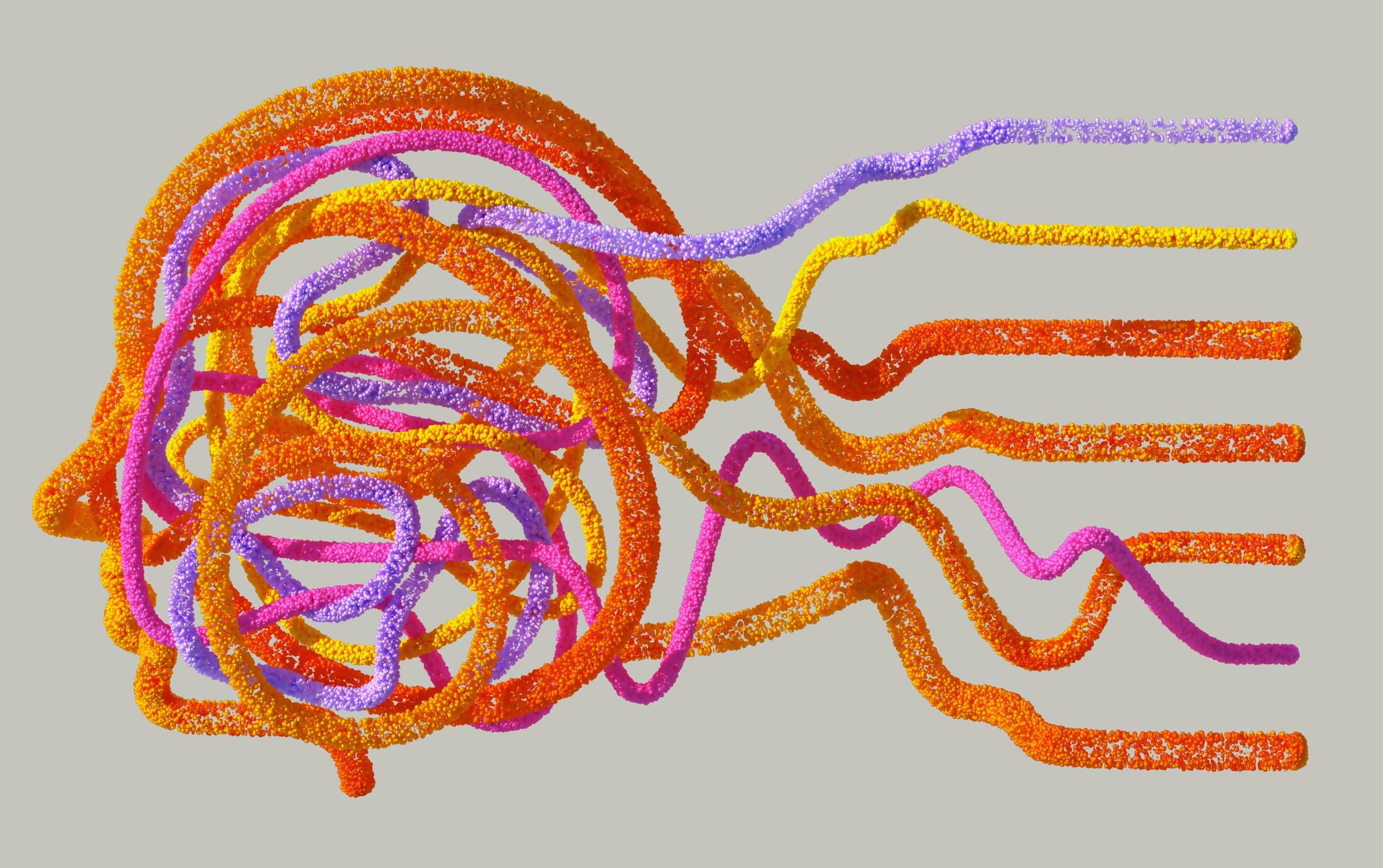Snow is often visually appealing, but not if you see it all the time no matter where you look. That’s the case for people who have visual snow syndrome, a physical disorder that affects around 2% to 3% of the world population. Visual snow syndrome causes viewers to experience various visual disturbances, such as visual static, light sensitivity, and impaired night vision, and physical symptoms, including migraines, tinnitus, and fatigue.
Scientists have yet to identify what specifically causes the syndrome, though research suggests several possible neurological causes for it. Likewise, they haven’t yet identified what treatments are most effective in combatting it. Still, there’s many things that we do know about the syndrome, so it’s worth bringing that information to light here.
What Visual Snow Syndrome Is
Relatively recently discovered and first named in 2013, visual snow syndrome is a neurological disorder that causes visual disturbances across a person’s entire field of vision. The most common disturbance is tiny flickering dots that appear continuously and resemble snow or static on an old TV set. The syndrome can also cause other disturbances like floaters, photophobia (light sensitivity), photopsia (flashes of light), nyctalopia (impaired night vision), palinopsia (seeing images that are no longer physically present), and enhanced entoptic phenomena (seeing visual images that come from inside the eye rather than from the outside world).
The syndrome can also manifest in a number of physical and mental symptoms. People who have visual snow syndrome may experience dizziness, vertigo, tinnitus, migraines, tremors, fatigue, trouble sleeping, or feelings that they might need to vomit. They may also feel anxious, depressed, irritable, or confused, have difficulty concentrating, or experience depersonalization, or the feeling that they’re not really connected to themselves.
Possible Causes of the Syndrome
https://gty.im/541795502
Though the exact causes of visual snow syndrome are still unknown, many neurological experts believe it may result from neurons in the brain’s visual processing center becoming dysfunctional or excessively active when processing internal and external stimuli. They’ve found a possible link between the syndrome and thalamocortical dysrhythmia, a condition where the neurons miscommunicate information between the thalamus, which relays incoming sensory information, and the cerebral visual cortex, which processes visual information. Despite the syndrome’s name, scientists haven’t found compelling evidence that it is caused by any structural changes in the eye.
Scientists have determined that the syndrome most commonly develops sometime between late childhood and early adulthood. People who have fibromyalgia, tinnitus, dyslexia, autism spectrum disorder, migraines, a family history with the syndrome, or a history of using hallucinogenic drugs are also more likely to develop the syndrome. Based on individual cases, some people have also developed the syndrome after taking certain medicines, experiencing brain trauma from concussions, or getting infected with COVID-19.
Its Diagnosis and Potential Treatments
Since the syndrome isn’t well-recognized, it’s often misdiagnosed for a different condition such as persistent migraine aura, retinal detachment, or dyslexia. To properly diagnose the syndrome, healthcare providers will usually take patients’ family and medical histories, discuss their symptoms, administer physical, neurological, and eye exams, and possibly order a CT or MRI scan. They’ll diagnose patients with the syndrome if the patients have multiple visual symptoms like those described above that last longer than three months and are unlikely to be caused by other medical conditions.
Though visual snow syndrome isn’t contagious, rarely gets progressively worse, and doesn’t cause blindness, untreated cases can flare up chronically and cause people’s quality of life and mental health to decline. Since its causes are still unclear, scientists haven’t yet identified an effective treatment for it. Medications that treat migraine don’t seem to affect the syndrome either way; however, researchers have been testing medications like lamotrigine (anti-seizure), nortriptyline (anti-nerve pain), naproxen (over-the-counter pain), and sertraline (antidepressant) to treat the syndrome. Some research has shown that transcranial magnetic stimulation (TMS), which stimulates neurons in the brain, can provide some beneficial effects towards treating the syndrome.
Most recommendations for living with visual snow syndrome involve minimizing its symptoms to improve overall quality of life. Some recommendations include wearing tinted or blue light glasses, using dull colored paper, using a bookmark to avoid line-skipping when reading and writing, and avoiding bright lights wherever possible. To reduce stress, fatigue, and sleeping troubles, patients can also practice yoga or meditation, do exercises they enjoy, get massages, maintain a consistent sleeping schedule, and make their sleeping area more comfortable.
Final Thoughts
Though comparatively rare, visual snow syndrome is a disorder that can disrupt people’s entire fields of vision within various visual disturbances and negatively impact their quality of life. Though its exact causes have yet to be identified, scientists have linked its prevalence to neurological dysfunctions in the brain. No effective medical or surgical treatment currently exists to improve or cure the syndrome, although there are relatively simple steps anyone can take to reduce its symptoms. Although its causes and treatments may still seem shrouded in fog, visual snow syndrome’s existence, presence, and impact on those who have it should be crystal clear to you now.
Disclaimer: This article is intended simply to provide information. It does not replace the medical advice of a physician. Please speak with your doctor if you have any questions or concerns.
For More Great Content
Are you desiring top-tier content that covers everything? From thrilling sports and intoxicating entertainment news to gaming tips and professional betting advice, Total Apex covers it all. Delve into our no-fluff articles to stay ahead of the game with the latest sports action, uncover the hottest trends in entertainment, and get the latest scoops in the gaming industry that will take your experiences to the next level.
Finally, our betting advice will give you a decisive edge over the competition and increase your odds of beating the books. Whether you’re looking to stay updated or gain a competitive edge, Total Apex is your one-stop shop for all things compelling and relevant. Don’t forget we cover Fantasy Sports, too!
Check out all our sites: Total Apex Sports, Total Apex Fantasy Sports, Total Apex Entertainment, Total Apex Sports Bets, and Total Apex Gaming. Out of the ashes of obscurity will rise a beast. Always remember to Respect The Hustle! Follow us on Twitter/X @TotalApexSports to stay informed.










